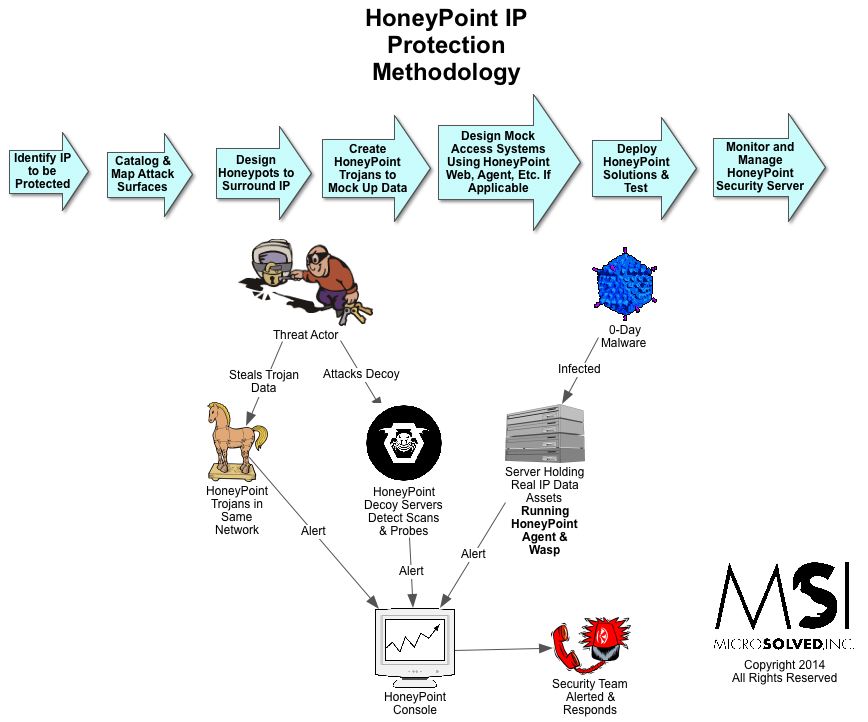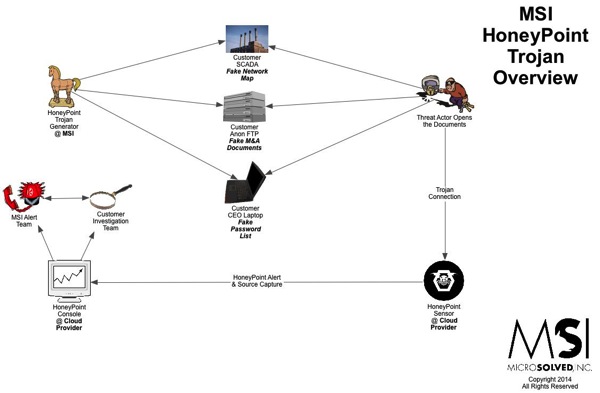The other day, I was discussing the idea that as the world moves more strongly toward chip and pin credit cards, that the levels of online credit card fraud were likely to skyrocket. Joel, the @SCADAHacker took me to task, and I thought I would share with you our conversation (with his permission, of course.) Here it is:
@lbhuston: Time to Get Moving on Chip and PIN? ow.ly/tvyZa <There are downsides to this too. It will help physical, but up online fraud.
@scadahacker: @lbhuston Please explain your reasoning on this and why it would be any different than current mag-based cards for online purchases. [sic]
@lbhuston: @SCADAhacker The threat won’t be different, but the criminals that now work physical card fraud will migrate their value stream to online.
@lbhuston: @SCADAhacker In other words, the crime rings powered by card fraud will simply compensate for the controls by switching fraud vector.
@lbhuston: @SCADAhacker This has been historically valid, & I think applies here. Most of those rings already have online fraud skills, they extend.
@lbhuston: @SCADAhacker Make sense? Sorry, hard in 120 char bursts. Sorry for the multiples. 🙂
@lbhuston: @SCADAhacker The really sad thing is that it is the best path forward. Chip cards work, for now. Also look for forgery to accelerate. 🙁
@scadahacker: @lbhuston Agree. Good point my friend!
From there, I went on to discuss another concern that I am focusing on at the moment, crypto currency.
@lbhuston: @SCADAhacker Sadly, another thing I am watching closely is the impacts of crypto currencies on old school political corruption. Few controls
@lbhuston: @SCADAhacker Many law enforcement & govt watchdog groups don’t have digital chops to even understand something like bitcoin. 🙁
@lbhuston: @SCADAhacker Here’s my derby talk from 2 years ago. bit.ly/QQ4Skq <The innovate crime 4 profit is why I follow a lot of this.
@scadahacker: @lbhuston Thanks bro!
As always, Joel and all of my readers are welcome. Thanks for reading what I have to say and for allowing me to voice my thoughts and concerns. If you don’t already follow Joel, you should, he is world class and in addition to being brilliant, is a heck of a nice guy, too. Reach out and Twitter and let me know what you think. Do you think card fraud is about to turn a corner? How will crypto currency influence the future political process? Am I just being paranoid? Give me a shout at @lbhuston and let me know what is on your mind.
PS – It looks like some of these ideas are being thought about around the world. Here are some other folks thinking along the same lines. Click here, here, here or here.


